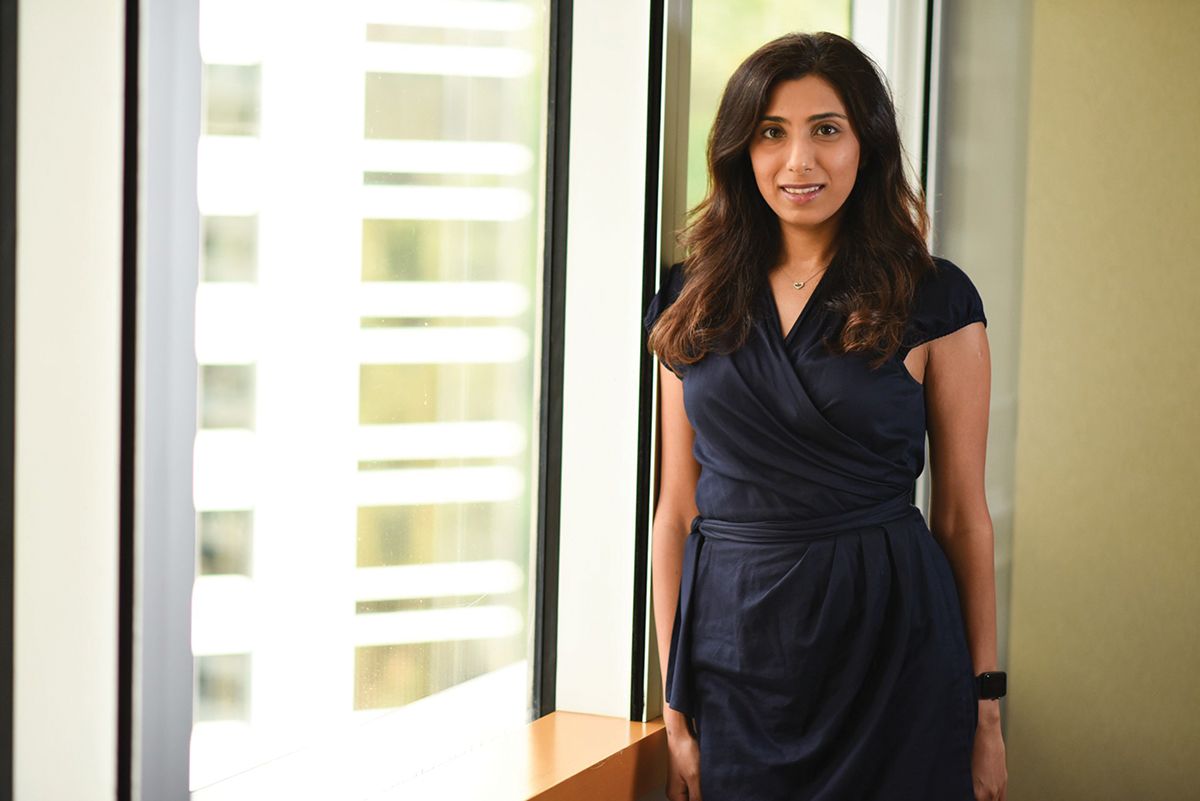Encouraging diverse and independent perspectives can foster innovative ideas, improve processes, and push the trading desk to continually evolve.
With Puja Bharwani, Equity Trader, Fidelity International
Briefly discuss your career background and current role/responsibilities.
I started my career 15 years ago in operations and moved to a program trading desk for a few years, which helped build my trading foundation. I moved to the buy side a couple of years later, which allowed me to gain exposure to both systematic and fundamental trading. I have been with Fidelity International for more than five years, focused on fundamental trading in Hong Kong and China. It is a great platform which continuously allows me to grow and refine my skills as a trader. As a senior trader my responsibilities span across managing internal stakeholders/fund managers, working with sell-side partners, mentorship, and trading – just to mention a few!

How has buy-side trading evolved over the course of your career – and how have you evolved as a trader?
I joined the buy side ten years ago when it was on the precipice of change in Asia. International asset managers were shifting their trading desks to the region, closing the traditional “night” desks. This was also the advent of more sophisticated trading platforms and tools. The growth and access to algos produced by the sell side created another avenue of achieving best execution for buy-side traders.
Taking this into account, adapting has been key: keeping up to date on algo innovation, understanding transaction cost analysis (TCA), and learning how to benchmark execution quality. Aside from this, it was also important to build trusted relationships with sell-side counterparts as the importance of locating large liquidity increased in tandem with the diversification of trading avenues.
Starting my career on a program trading desk gave me exposure to multiple styles of trading along with multiple markets across Asia. Early on I realized that soft skills were as important as hard skills. For example, communication skills, is often a tool that is overlooked especially as we shift into a more digital world. In terms of trading, I have learned the delicate art of being able to navigate sensitive conversations about block liquidity. I have also focused on honing my skills in adapting to the nuances and unique challenges of dealing with emerging market brokers vs their developed market counterparts.
Were there any defining moments for you as a trader in your career?
I still remember very clearly one of the moments that has shaped me as a trader. I had only been on the desk for a few weeks when the senior trader in the team called me over. He showed me the order book of a stock and said, “Watch this”. He then lifted the entire offer, leaned back in his chair, and said “look at everyone going nuts and the algos trying to catch up on volumes”. That was the beginning of my learning the importance of market psychology which led to an additional life lesson: Try to see the full picture of any potential choices, and act before someone makes those choices for me!
Generative AI has been very ‘buzzy’ this year. What is your view on this emerging technology?
2023 has been a year filled with discussions on artificial intelligence, with ChatGPT on the forefront and the adoption of it in various forms. Generative AI and machine learning’s integration into trading is quite an exciting next step and will help traders become more efficient and raise the bar. There are multiple use cases, ranging from pre-trade analytics, strategy selection, and stock profiling, to news aggregation with better foreign language translations.
We have already started to see some AI-powered automation of trading processes based on preset criteria eliminating emotional bias and creating efficiencies so traders can focus on higher-value processes. The next step is for AI algos to leverage both historical and real-time data and signals so they can identify dislocations and valuable trade opportunities. The challenge will be incorporating adequate controls within the algos and the risk tolerance levels on how much execution discretion the algos can have using its signals. Exchanges and regulators will also need to consider what regulations there will be around AI, and if there needs to be any coordination between them.
Predictive analytics and forecasting could be quite a powerful tool, as the adoption of generative AI, incorporating news sources, social media across text, audio and images, could give traders an advantage in achieving best execution and results for our end clients.
While our imaginations can go wild with regard to AI, I do not believe it will replace people. But I do believe that if we do not embrace AI, we will be replaced by someone who does. AI is going to help us start from a higher base to reach excellence, but at the end of the day we can never discount the importance of human judgment, experience, and interaction. Hence it is the synergy between AI and humans that will allow us to reach our investment goals and success.
What is the optimal skill set for the trader of today (and of the future)?
I believe the optimal skill set for traders today and the future is a combination of both hard and soft skills. Understanding economics and being analytical is equally important to being collaborative and adaptable. As AI creates better efficiency, traders likely will need to broaden their own skillset to become more adept at cross-product trading. Equity, fixed income, FX, and derivatives will eventually be traded off the same desk. However, it is also important to look at the blend of skills at a team structure level. The diversity in skillset can make a desk stronger and encourage traders to learn from each other. Encouraging diverse and independent perspectives in a collaborative setting can help foster innovative ideas, improve processes, and push the trading desk to continually evolve. •

